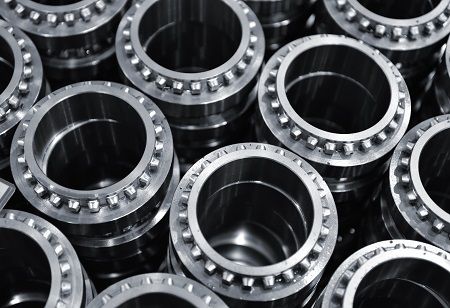
The roller bearings market has experienced significant growth in recent years and is poised to continue expanding in the coming years. The market size is expected to increase from $21.24 billion in 2023 to $22.34 billion in 2024, reflecting a compound annual growth rate (CAGR) of 5.2%. This growth is driven by various factors, including the adoption of high-performance industrial machinery, a surge in demand for electric commercial vehicles, increased production of heavy machinery in industries like construction, and the growing automobile sector, which places significant demands on roller bearings.
Looking ahead, the roller bearings market is anticipated to continue its strong growth trajectory. By 2028, it is projected to reach $27.68 billion, with a CAGR of 5.5%. Key factors contributing to this growth include the rising usage of heavy machinery, an increase in the number of offshore wind farms, greater demand from manufacturing industries, and expanding consumer disposable income. Additionally, technological advancements, the rise of customized roller bearings, innovations in automotive systems, and the incorporation of predictive maintenance technologies are significant trends expected to drive the market forward.
A particularly noteworthy factor propelling the roller bearings market is the rising vehicle production. As global vehicle production increases, driven by economic growth in emerging markets, greater consumer purchasing power, and government incentives for electric vehicle adoption, the demand for roller bearings is expected to soar. Roller bearings are essential for vehicles, as they reduce friction between moving parts, ensuring smoother operation and prolonging the lifespan of vehicle components. For instance, The European Automobile Manufacturers' Association (ACEA) reported that the European Union produced 10.9 million passenger cars in 2022, marking an 8.3% increase from the previous year. This surge in vehicle production is directly driving the demand for roller bearings.
We use cookies to ensure you get the best experience on our website. Read more...